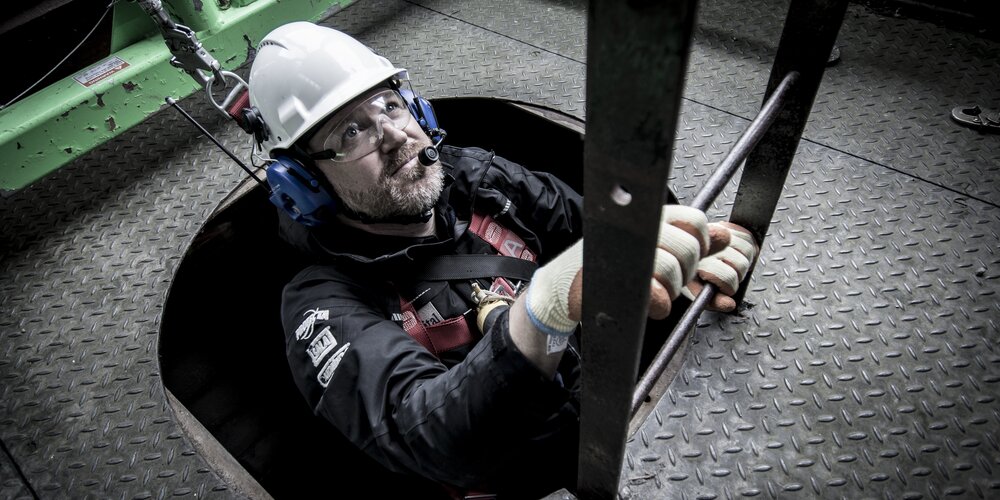
What does the law say about enclosed spaces?
Safety is paramount when working in confined spaces. This requires specific precautions, for example to prevent suffocation. And to ensure that you can quickly leave the space in an emergency. But what counts as a confined space? How do you know what the risks are and what does the law say about this? We will give you a brief overview.
Firstly, it is important that you know when you are working in a confined space. That sounds obvious, but in legal terms, a confined space is often a gray area. In theory, you are also in a confined space when you are caulking a bathroom, but it is clear that different circumstances apply here than in a confined space such as a silo or a basement.
Practical definition
The Dutch Labor Inspectorate's “Confined Spaces Directive” does provide a reasonably practical definition:
“A confined space is a space that is not designed for human occupancy, has limited access, and in which there may be a risk to health or safety due to, for example, suffocation, poisoning, fire, or explosion.”
This definition therefore covers many situations in which you may encounter confined spaces. Examples include tanks, silos, and sewers, but also cold stores and freezer rooms without emergency release mechanisms, machine rooms, ship holds, and wells. Closer to home, even something as commonplace as a crawl space officially falls under the category of ‘confined spaces’.
Health and safety plan
A health and safety plan is mandatory for work in confined spaces. Employers must include the risks and appropriate measures in this plan. The manager must provide employees who are going to work in confined spaces with information and instruction about the hazards, the measures, and the procedures to be followed.
Permit or work order
Clients may require a safe work permit or ‘work order’. The permit must be renewed or extended every day and when the work crew changes, or when work is interrupted for special reasons.
Working in confined spaces requires not only knowledge of the legislation and potential hazards and solutions. The person working in the space must also have the ability to act quickly and effectively under pressure. Because in critical situations, it is not only what you know that counts, but above all how you react.
More information about working in confined spaces can be found in the Health and Safety Catalog for Construction and Infrastructure.
Come to our information afternoon on May 22
Would you like to really understand what this means for your employees and/or safety experts in practice? Come to our introductory afternoon on May 22 and let our expert Dirk van Blijswijk bring you up to speed. In one half-day session, you will receive all the practical information you need to work safely in a confined space.
Register now for the introductory afternoon
Practice with realistic practical situations
During the introductory afternoon, you will discover what a confined space is exactly and how to act quickly and effectively in an emergency. You will receive detailed information about the current regulations and learn everything about the latest protective equipment such as anchor points, winches, fall arrest blocks, respiratory protection, and gas meters. You will practice realistic practical situations and scenarios at the Safe Site expertise center powered by Mennens, and you will have plenty of opportunity to exchange experiences with colleagues.
What are the benefits? After completing the course, your knowledge of confined spaces will be completely up to date and you will be able to respond quickly and appropriately in emergencies. Read more about the information afternoon and register.





